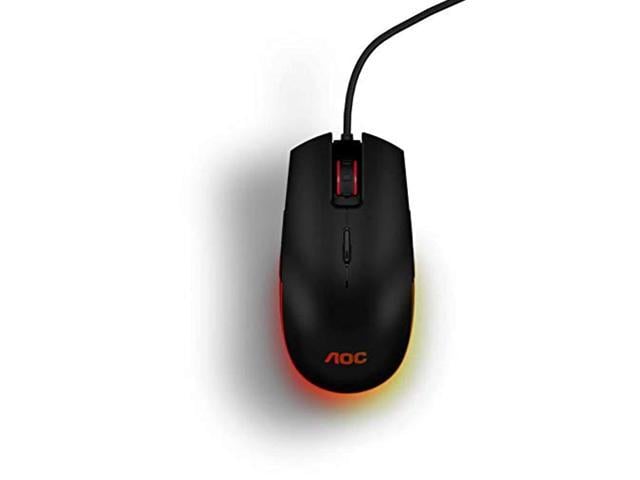This study is an investigation of the theoretical and experimental possibilities of using activation foils to detect and monitor special nuclear material for treaty monitoring purposes. None of the experiments demonstrated sufficient sensitivity to detect the target flux of 0.5 neutrons/cm 2-sec. The target flux could be detectable, if the limit of detection had been reduced by a factor of 4 to 6. However, many issues identified could enhance the sensitivity including: increasing foil size, increasing detector efficiency, and optimizing foil selection. The theoretical portion focused on gold, silver, indium, europium, and gadolinium foils and determined the minimum flux detectable, minimum time needed to detect a specific flux, and what gaps in coverage exist when a detection package consists of all combined foils. All calculations are based on actual gamma and beta detector responses and statistics in a high and low background.















